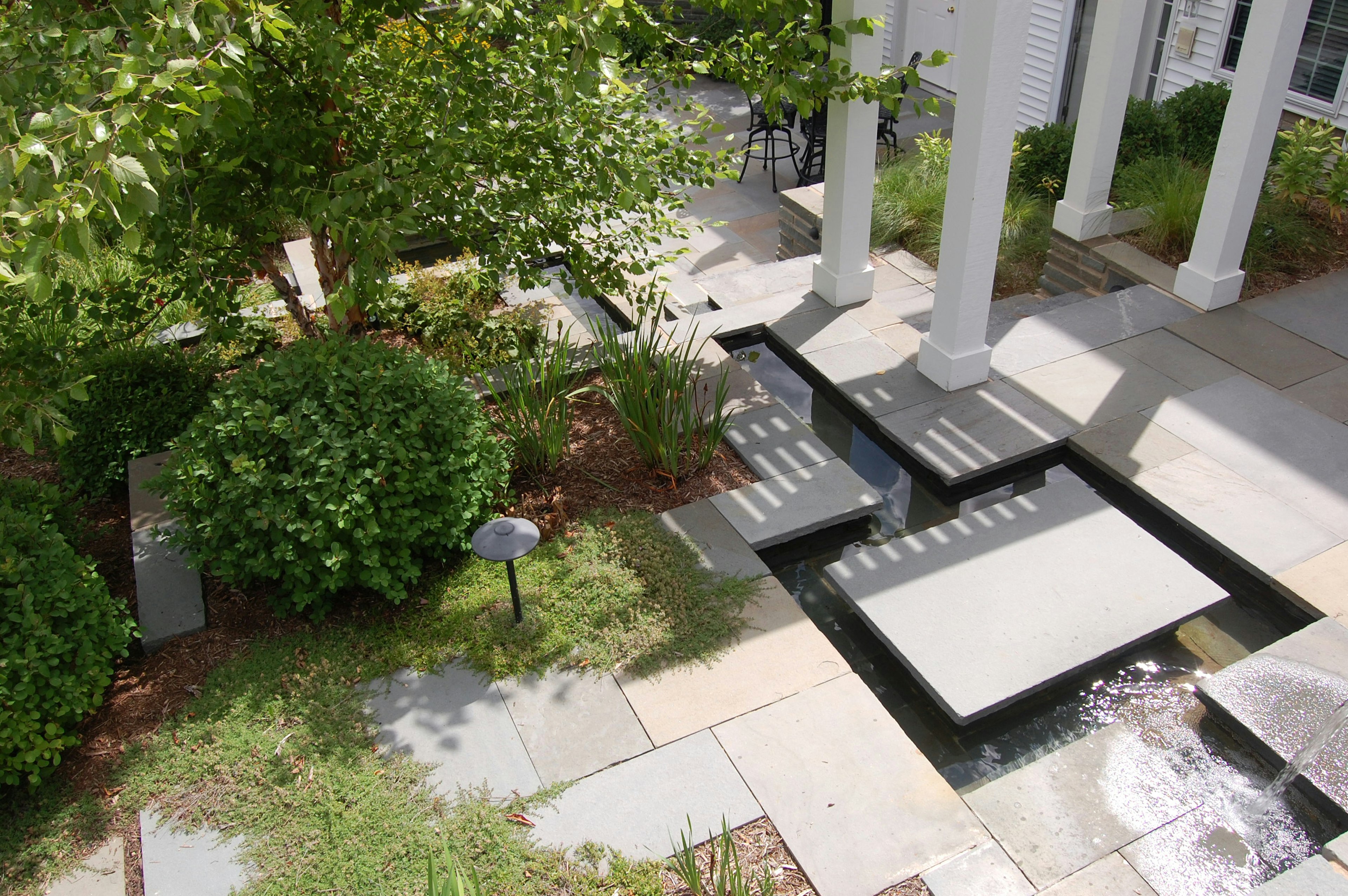

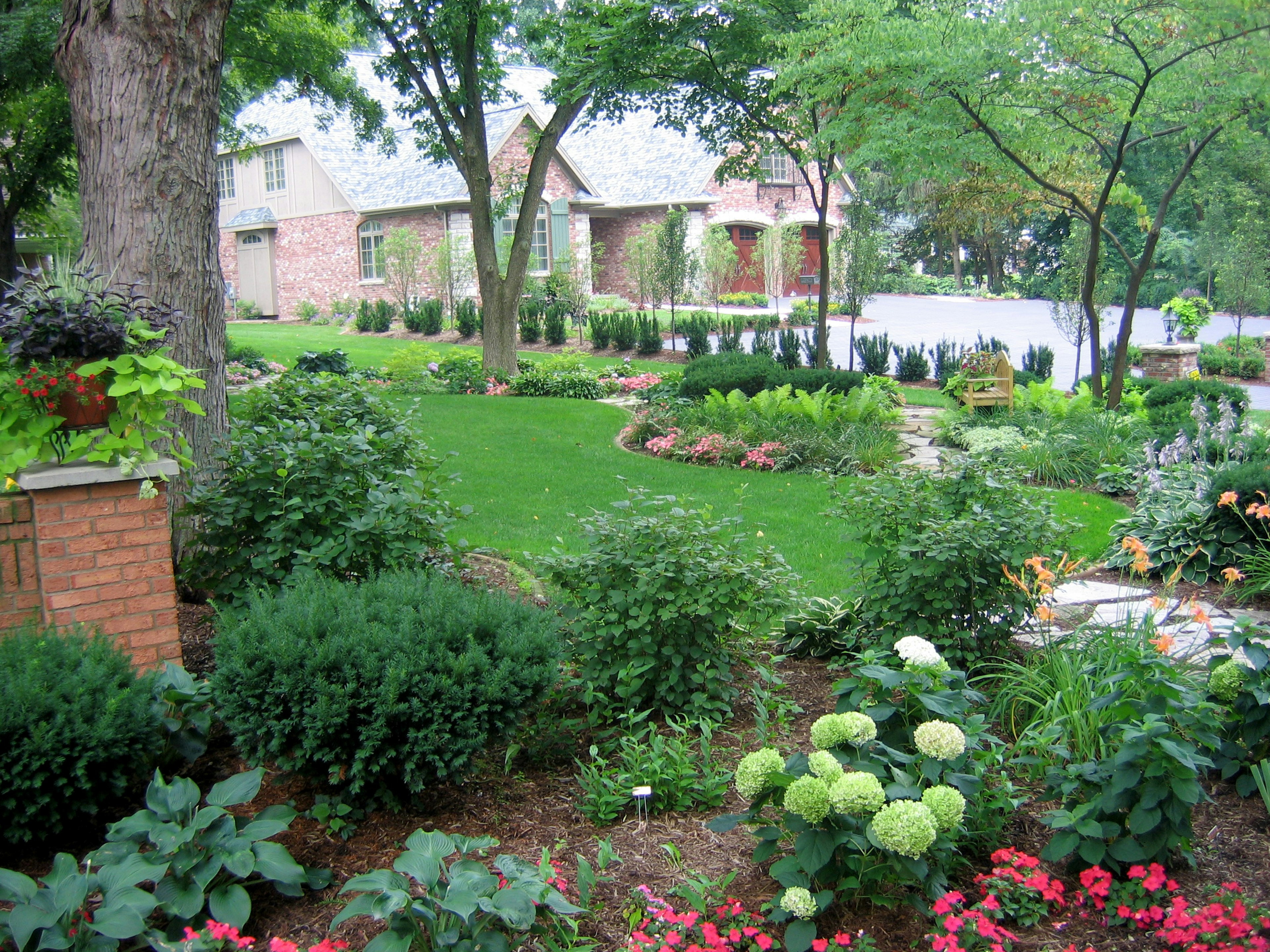
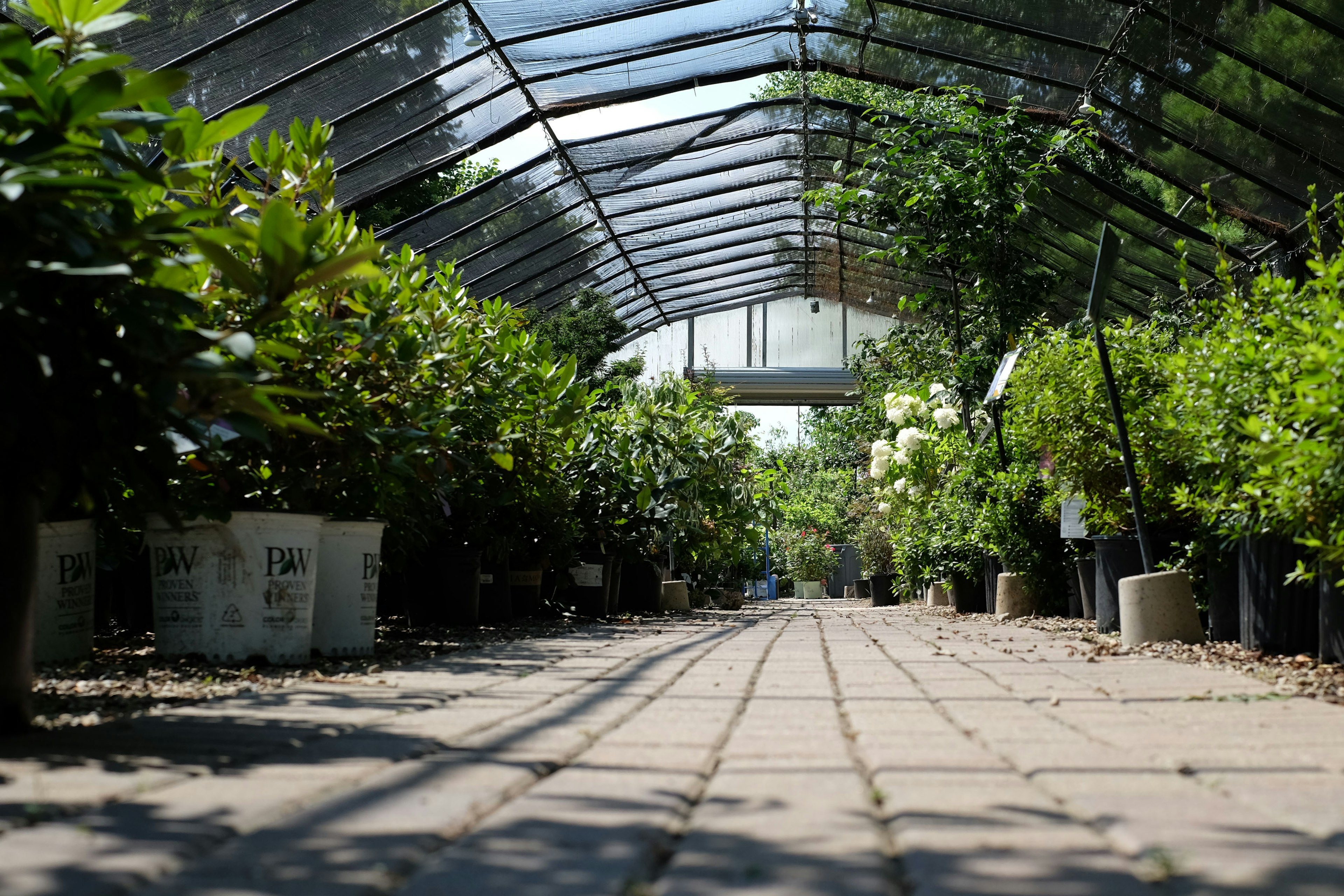
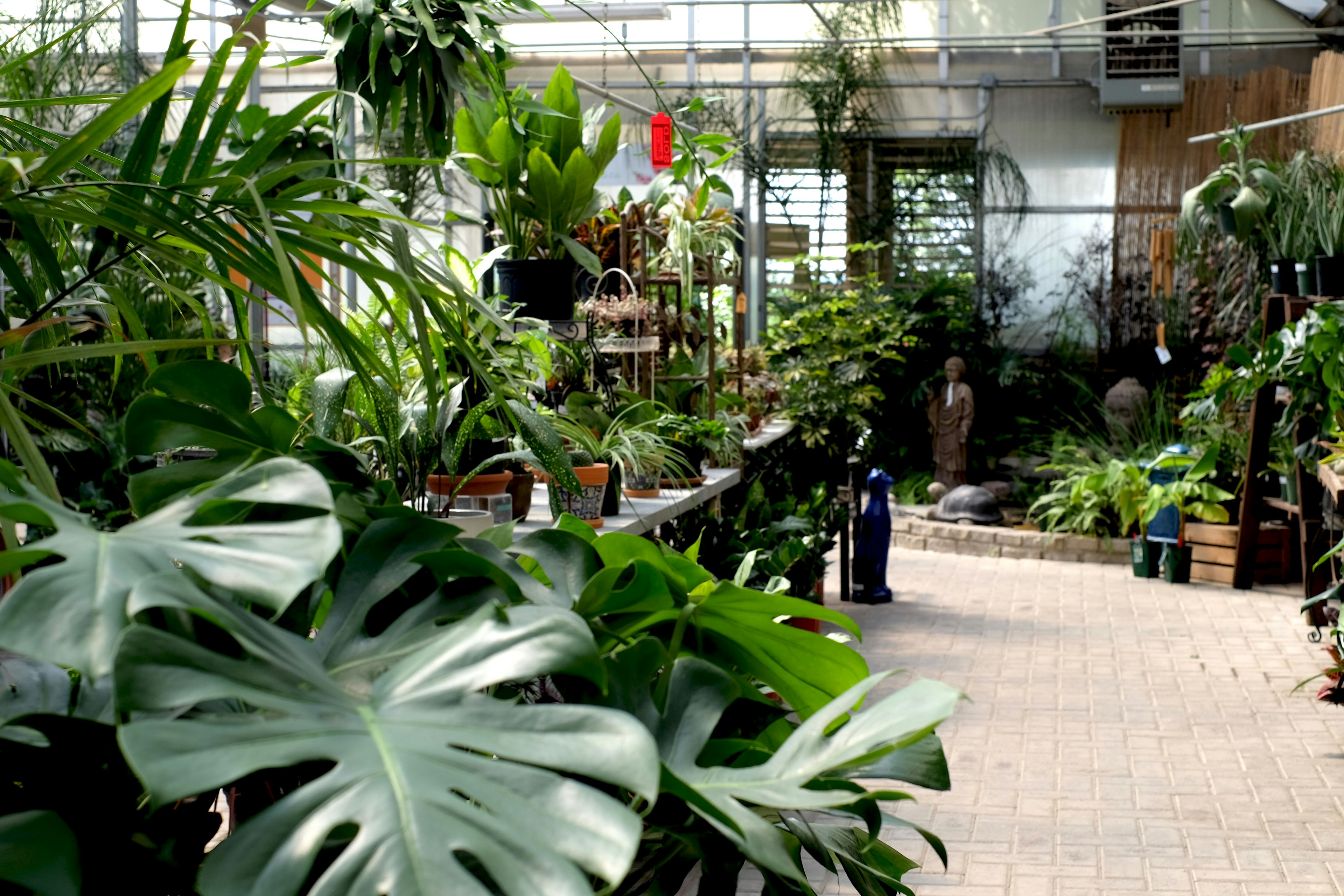
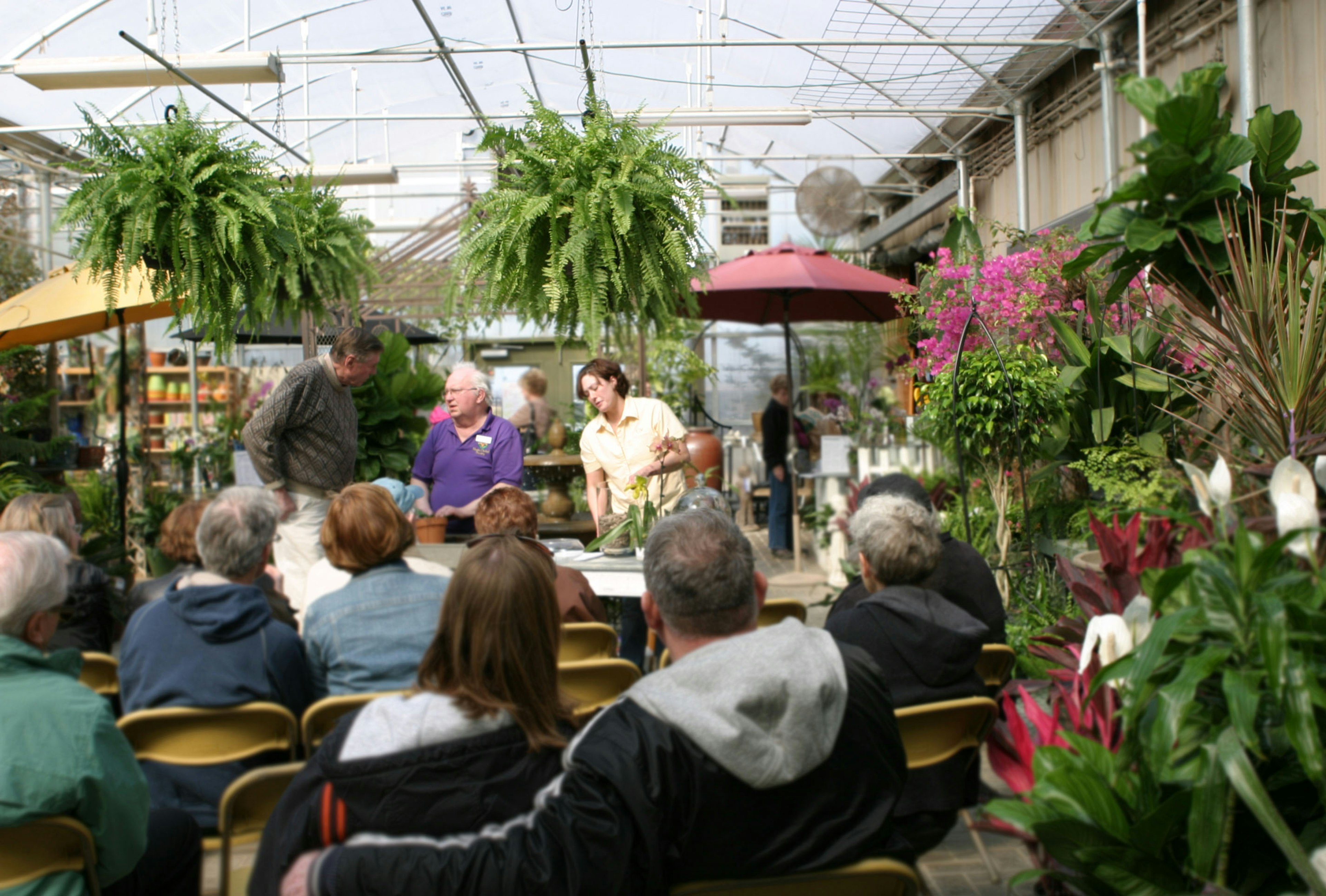
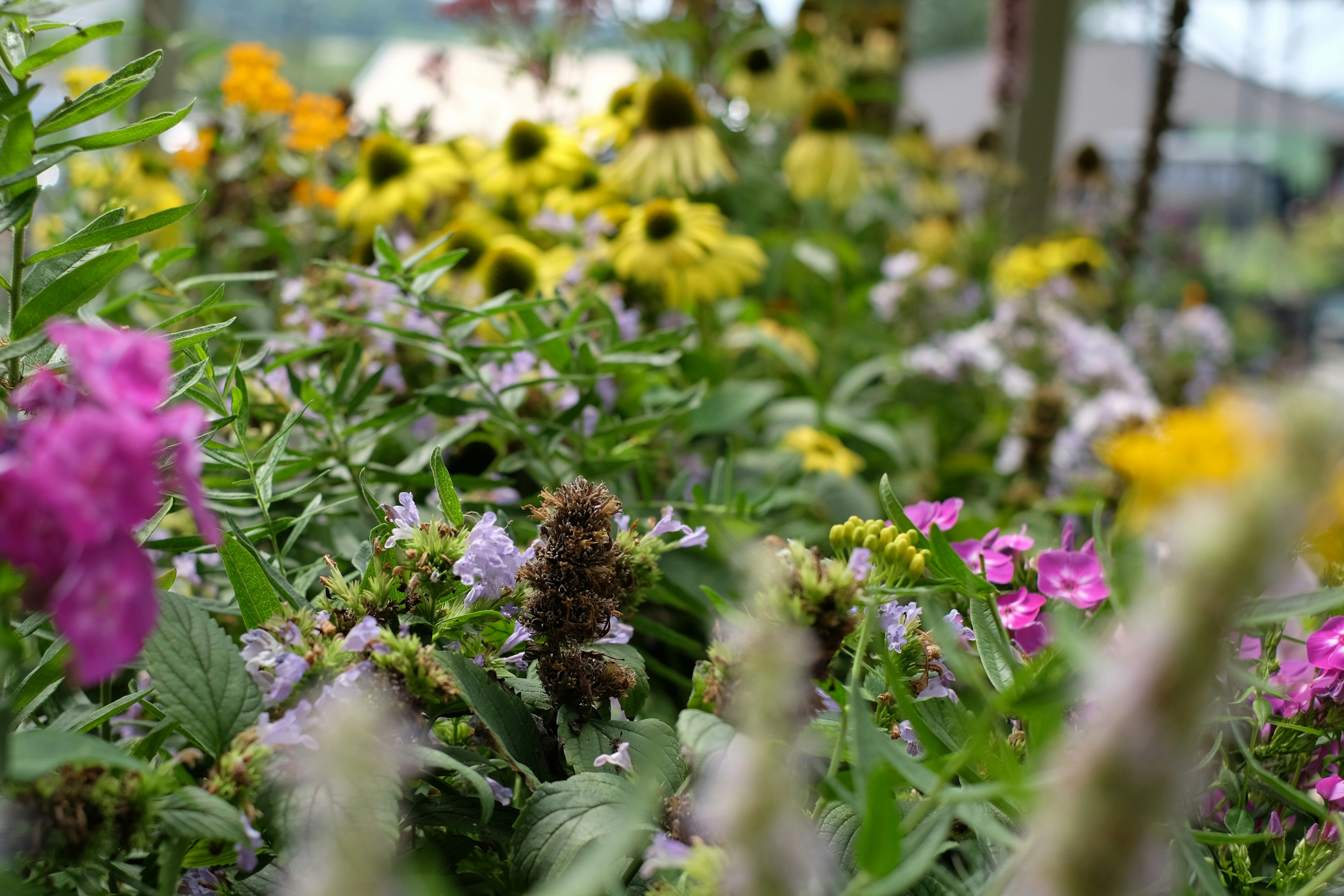

Garden Center
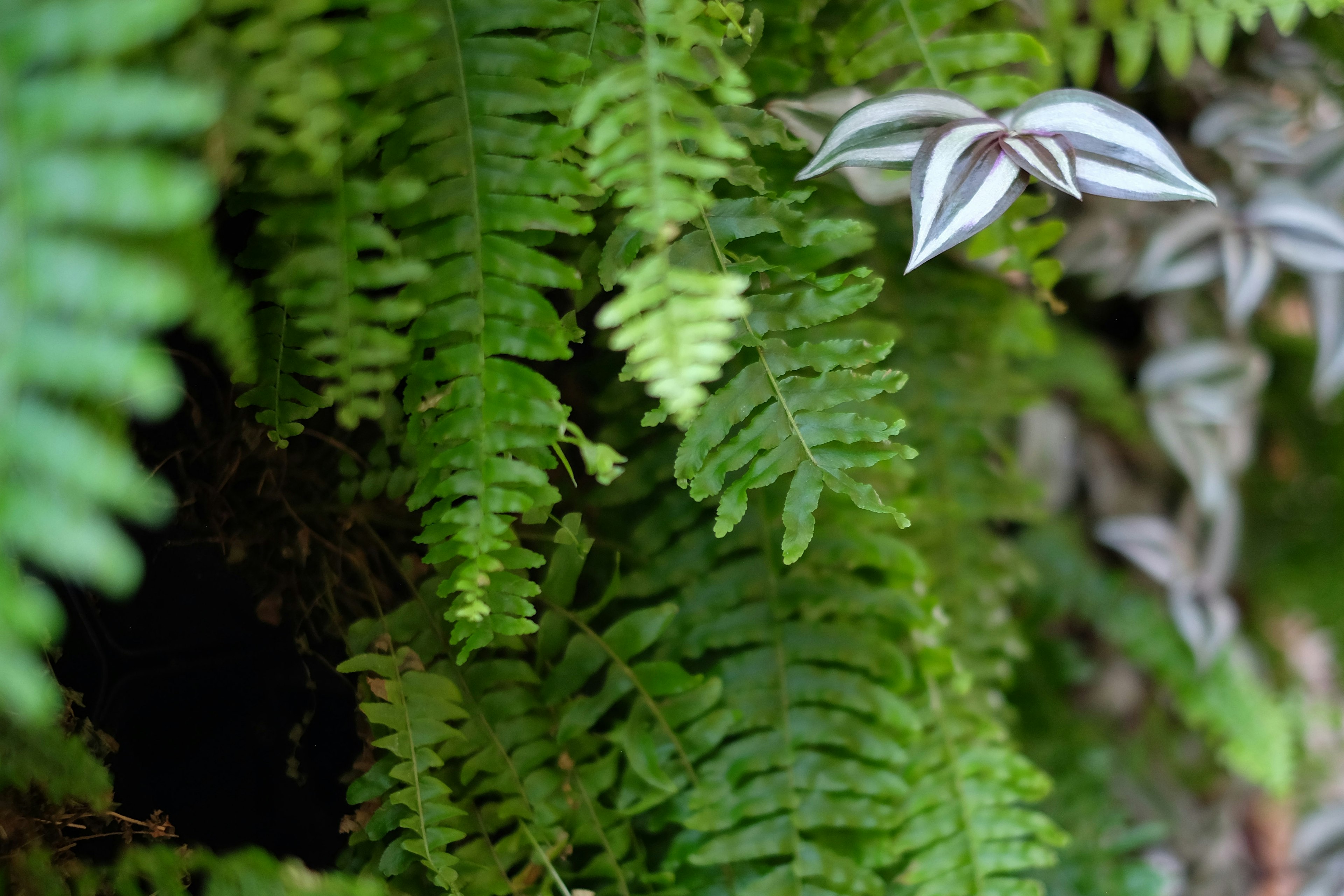
Choosing Flowering Vines for your Landscape

Whether you're looking for a privacy screen, some visual interest against a wall or fence, or just searching for a flower to accentuate your perennial garden, vines are beautiful and multipurpose, helping to solve many problems in the landscape.
There are plenty of options on the market, and here we'll go over some varieties of flowering vines to help you choose the best one for your situation and preferences!
Honeysuckle (Lonicera sempervirens.)
Vining honeysuckle is a climbing perennial vine with clusters of vibrant, tubular flowers. Honeysuckle blooms range from yellow, to orange, to coral, to pink in color, and are prized for their attractive qualities to hummingbirds and butterflies. Hummingbirds feed by inserting their long beaks deep inside flowers, and the tubular shape of honeysuckle blossoms enables them to reach nectar that other insects can't get to. This ensures an available food supply for the birds, and makes this vine a great choice for bird watchers.
In our climate, honeysuckle will mostly die back to the ground each year. Cut the brittle, woody vines back in the late spring and new growth will regrow on your chosen structure each season.
(The variety 'Major Wheeler's Trumpet' is featured in the image above)
Clematis (Clematis sp.)
Possibly the most popular flowering vine is the clematis. These fast growing, graceful vines are adorned with huge blooms in a wide array of colors. Whether you're hoping for red, pink, purple, or white flowers, there are clematis varieties in these hues and more. Clematis are also particularly stunning when multiple varieties are planted together, especially those that flower at different times, resulting in lush vine coverage and all-season color.
There are different "pruning groups" for clematis, depending on whether they flower on new or old wood. Most labels you find in a garden center don't specify which group they belong to, but it's easy to find out if we know which cultivars you're interested in!

Wisteria (Wisteria sp.)
Less a vine than a vine-like tree, wisteria is a gorgeous climbing plant that produces clusters of cascading, blue-to-purple blooms in late May and early June. These heavy, woody vines are slow growing but can be trained into magnificent displays over time.
Because of the weight of their wood, wisteria require more than your average metal or wooden trellis to for support -- instead, opt to use wisteria to cover your arbor, pergola, garage, defunct swing set, or other sturdy, stable structure.

Trumpet Creeper Vine (Campsis sp.)
Another vine that hummingbirds are drawn to is the trumpet creeper vine, named after it's trumpet-shaped tubular blossoms. This is another woody stemmed vine that climbs vigorously, and roots easily, making it a popular choice for fence coverings and privacy, as well as attracting wildlife.
However, despite the popularity of this vine at conventional garden centers, it has a nasty reputation for being invasive. Although the trumpet vine is native to North America, particularly the southeastern United States, a plant's "invasive" label refers to its ability to choke out native plants, and take up space that natives would otherwise inhabit.
Trumpet vines are lovely, but for amateur gardeners and those who want to maintain a truly native landscape, they simply aren't the best option. Look to the other choices on this list for some inspiration, and find even more by visiting Green View this season!
